Food
Sam’s Club Is Now Delivering Their Famous Pizzas Right to Your Door
Enjoy Sam’s Club’s fan-favorite 16-inch pizzas with delivery nationwide, making your pizza nights easier and more delicious than ever
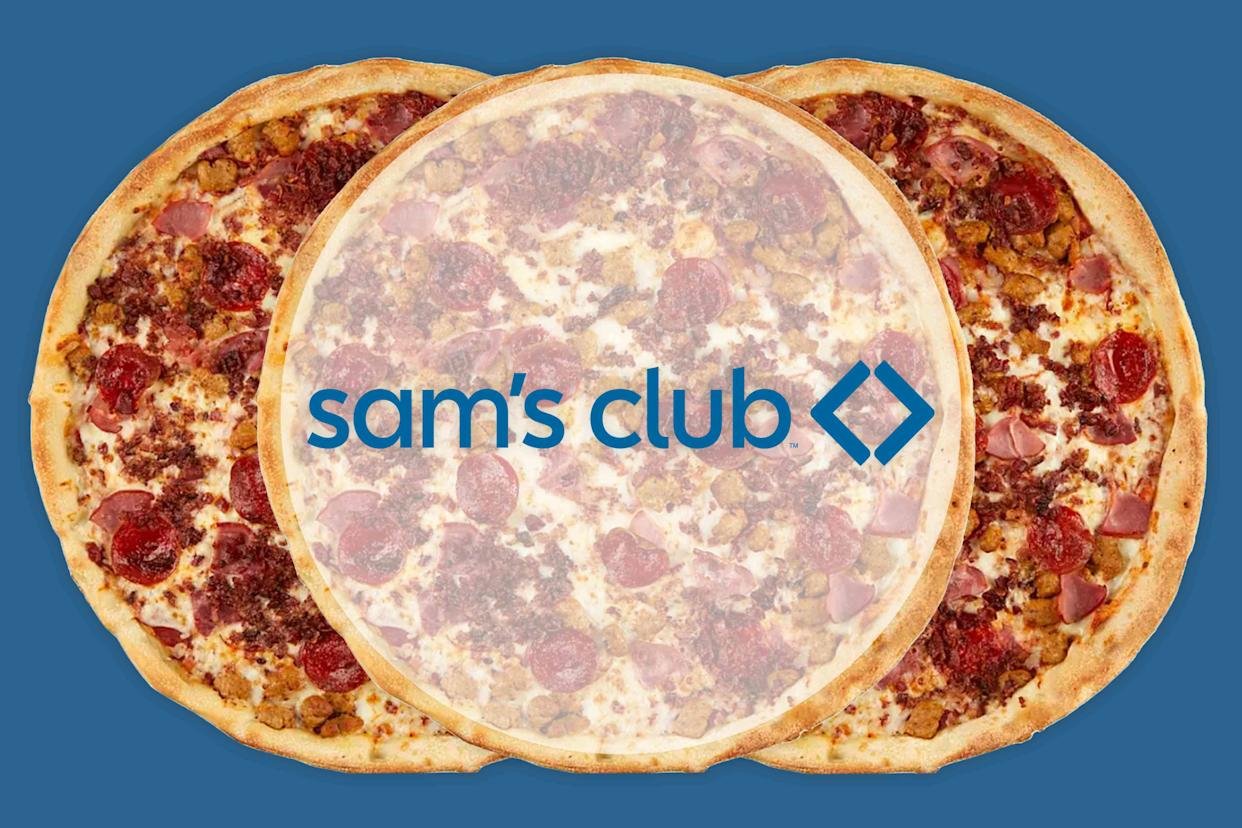
If you’re a fan of Sam’s Club’s in-store café pizzas, here’s some exciting news: you no longer have to visit the warehouse to enjoy their hot, fresh-baked pies. Sam’s Club has launched a pizza delivery service, now available at the majority of its locations nationwide, with plans to roll it out to all stores by the end of the month. This new service is perfect for anyone craving that nostalgic slice but wanting the convenience of home delivery.
Sam’s Club’s pizza menu keeps things simple but satisfying, offering three classic options: Pepperoni, Cheese, and Four Meat — the latter loaded with pepperoni, ham, Italian sausage, and bacon. Each pizza is a generous 16 inches and priced at just $8.98, making it an affordable choice for a family meal or casual get-together.
While the delivery fee is around $12 for standard shipping, Sam’s Club Plus members enjoy free delivery on orders over $50, making it easier to combine your pizza order with other bulk groceries or party essentials. If you’re in a hurry, the express delivery option will get your pizza to you in less than three hours, though you can also schedule a future delivery if you prefer.
What sets this pizza delivery apart from typical chains like Domino’s or Papa John’s is the convenience of Sam’s Club’s full shopping experience. While you wait for your pizza, you can order anything else you might need — snacks, drinks, household items — all delivered together. This makes it a practical option for busy households planning meals or parties.
Ordering is easy: simply use the Sam’s Club app or visit their website, select your preferred pizza flavor(s), choose your delivery window or upgrade to express, and relax. This new service not only caters to pizza lovers but also aligns with Sam’s Club’s broader commitment to innovation and enhancing member convenience.
Kurt Hess, Group Director of Operations and Implementation at Sam’s Club, put it simply: “Pizza delivery is a perfect example: it brings together value, convenience, and one of our most-loved Café items in a way that fits how people shop today.”
So whether you’re craving a classic cheese slice or the hearty four-meat variety, Sam’s Club pizza delivery brings your favorite comfort food straight to your doorstep — no grocery trip needed.
FOOD & WINE
Stop Eating Fruits the Wrong Way These 4 Rules Could Change Your Health Forever
From timing to combinations, experts reveal the simple fruit-eating mistakes that may be sabotaging your nutrition goals

We all know fruits are nature’s candy—bursting with vitamins, minerals, antioxidants, and natural sugars. But did you know that the way you eat them can either boost your health or backfire entirely? According to experts and ancient Ayurvedic wisdom, it’s not just what fruit you eat, but how and when you eat it that determines the benefits your body actually receives.
Celebrity nutritionist and best-selling author Rujuta Diwekar recently dropped a viral reel on Instagram where she broke down four golden rules for consuming fruits—and it’s sparking conversations across wellness communities. “We feel cool, virtuous, and healthy when we eat a big bowl of fruit salad,” she says. “But that’s not how it works.”
🔹 Rule 1: Eat fruits alone, not in a salad or after meals
It’s tempting to toss together a colorful fruit salad or nibble on mangoes after a heavy lunch—but this could be doing more harm than good. Ayurveda warns that mixing different fruits, or eating them right after a meal, can disrupt digestion and lead to bloating, heartburn, and fermentation in the gut. Experts recommend consuming fruits solo, allowing your body to process them without interference from other foods.

🔹 Rule 2: Morning is the best time for fruit
Forget late-night snacking on grapes. Fruits offer the most benefit when eaten on an empty stomach, particularly in the morning or right after a workout. They provide a quick source of natural energy, fuel digestion, and deliver maximum nutrient absorption. Late-day consumption, on the other hand, is said to diminish their potency.
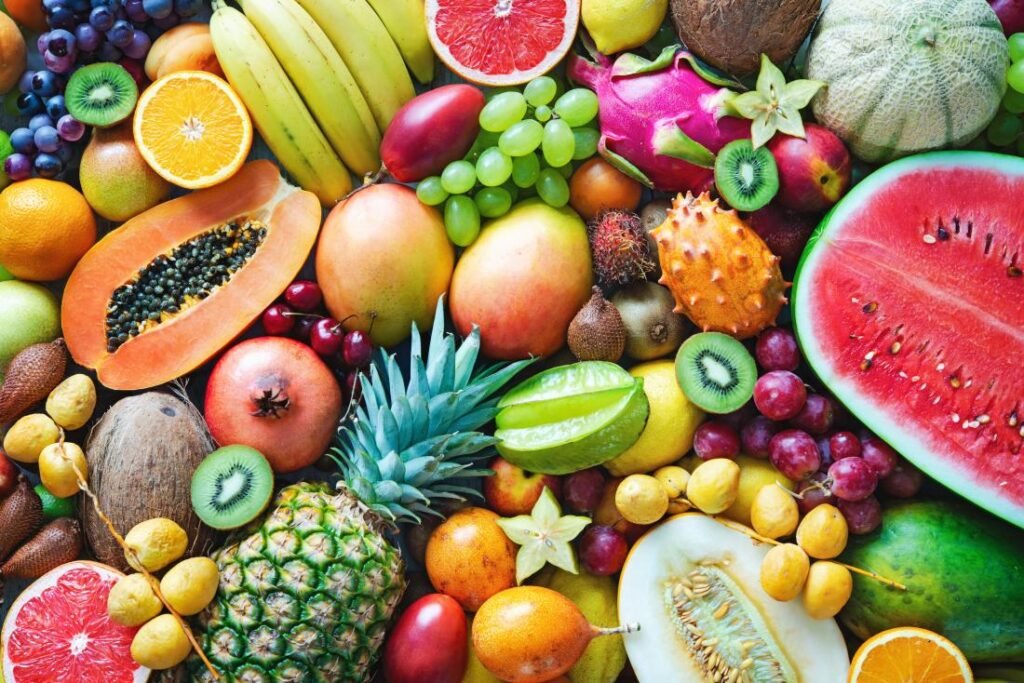
🔹 Rule 3: Always eat fruits whole, never juiced
Blending that orange or juicing those apples may seem convenient—but in doing so, you’re stripping away essential dietary fiber and slowing your digestion. “When you eat a fruit whole, the fiber binds to the natural sugars and helps your body absorb them gradually,” explains Rujuta. This prevents blood sugar spikes and keeps you full longer. In contrast, juice can spike glucose levels and even increase uric acid.
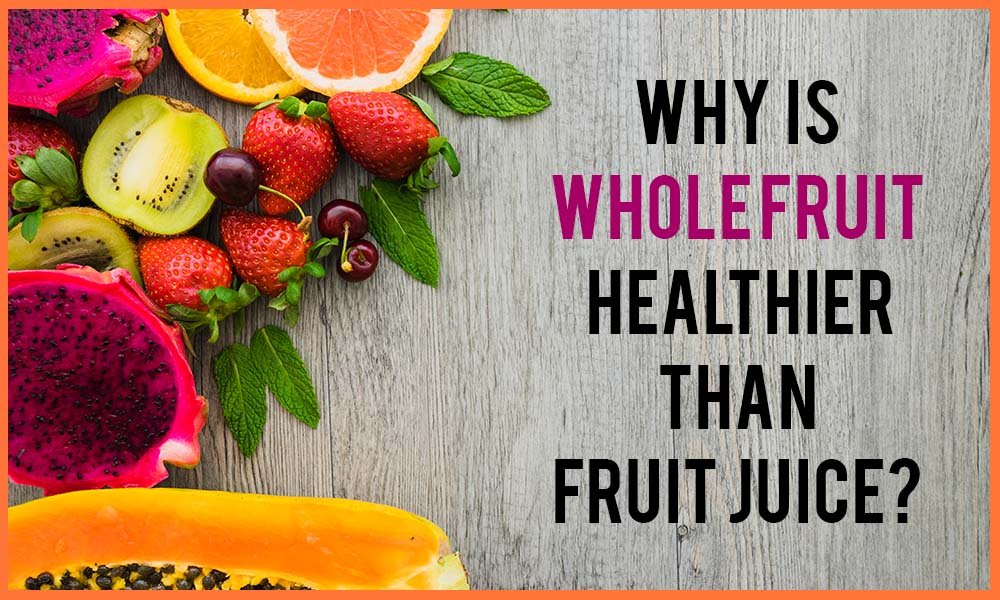
🔹 Rule 4: Choose seasonal and local fruits
That exotic dragon fruit may look Instagram-worthy, but local, seasonal fruits are richer in nutrients and better aligned with your body’s needs. As certified nutrition coach Tanisha Bawa puts it, imported fruits are often harvested before ripening and treated with chemicals to look fresh. Seasonal fruits, however, are naturally designed to help your body adapt to changing climates and fight off seasonal illnesses.
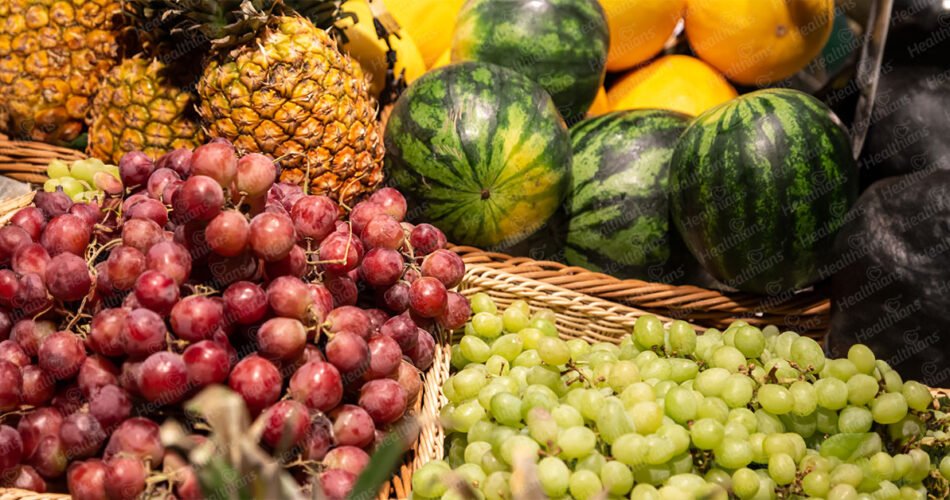
Some additional expert advice? Consider chewing your fruits slowly, and if you’re prone to sugar fluctuations, a handful of nuts before your fruit can help balance the insulin response. This small habit tweak can work wonders for sustained energy and gut health.
In today’s world of fast diets and quick fixes, fruit remains one of the most accessible and wholesome foods available. But to truly unlock its healing power, it’s time we give more thought to how we consume it.
FOOD & WINE
Walmart’s Macaroni Salad Is So Good Shoppers Say It Beats Homemade
With three rich and creamy varieties under $5, this summer side dish is winning over barbecue fans nationwide
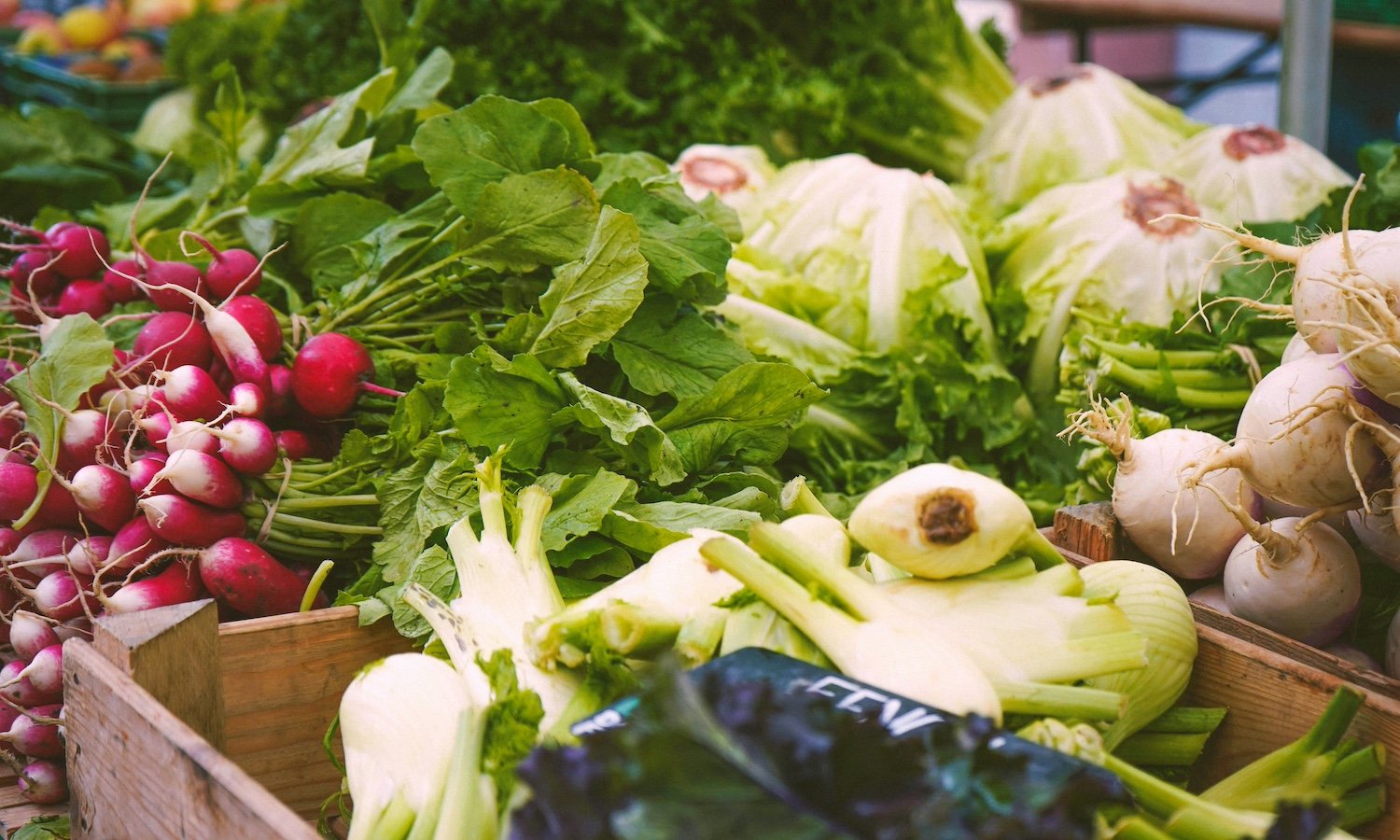
Summer’s heating up—and so are grocery carts at Walmart, especially when it comes to one creamy, tangy, crowd-pleasing classic. While steaks, ribs, and grilled chicken may take center stage on your barbecue table, Walmart’s macaroni salad is quietly stealing the spotlight, one scoop at a time.
Shoppers can’t get enough of the Freshness Guaranteed Macaroni Salads, a trio of ready-to-eat deli delights that deliver big on flavor, convenience, and value. Whether you’re prepping for a weekend cookout or just need an easy side for lunch, these pre-made salads have become the go-to summer staple for countless households.
What makes them stand out? According to loyal fans, it’s the perfect balance of sweet, creamy, and tangy, with the right crunch from chopped red bell peppers and carrots. Reviewers rave that the flavor reminds them of “grandma’s recipe”—if grandma also kept the price under five bucks.
The range includes Amish Macaroni Salad, Original Macaroni Salad, and Deviled Egg Macaroni Salad. Each variation brings its own twist while sticking to a comforting base of cooked macaroni, mayonnaise dressing, and finely diced vegetables.
Let’s break down the flavors that have shoppers hooked:
🔸 Amish Macaroni Salad
A 32-ounce container of this sweet, egg-rich salad sells for about $4.67 (location-dependent). With ingredients like sugar, mustard, vinegar, and chopped red bell pepper, this variety leans into its dessert-like sweetness. Its cult following even inspired viral copycat recipes on Reddit and TikTok, with fans asking, “Why is this so addictive?”
🔸 Original Macaroni Salad
For those craving a more savory punch, this version adds sour cream, celery, green onions, and parsley. It’s rich, balanced, and easily customizable. One Walmart reviewer wrote, “This is my go-to when I don’t have time to make my own. I add a few extra ingredients and it tastes just like homemade.” Many even compare it favorably to more expensive options at rival chains like Publix.
🔸 Deviled Egg Macaroni Salad
Love deviled eggs? Then this one’s for you. This 16-ounce variety blends hard-boiled eggs, sweet pickle relish, mustard, and a dash of cayenne for just the right kick. One shopper declared it “the only store-bought mac salad that reminded me of home.” It’s spicy, creamy, and the perfect match for grilled meats.
All three flavors are found in the refrigerated deli section and are also available online for delivery in select locations. And just like Walmart’s Loaded or Mustard Potato Salads, these pasta-based sides are a fast and flavorful way to elevate your summer menu without breaking a sweat—or the bank.
Whether you’re serving up ribs, fried chicken, or just looking for a satisfying midday snack, Walmart’s macaroni salads are delivering nostalgia and flavor in every bite. In a season where time is short and appetites are large, this simple deli gem is earning its place on picnic tables across America.
Food
Food Safety is Falling Apart and the Alarming Truth is We’re All at Risk
Staff cuts, collapsing oversight, and climate threats—World Food Safety Day reminds us why your next meal might not be as safe as you think.
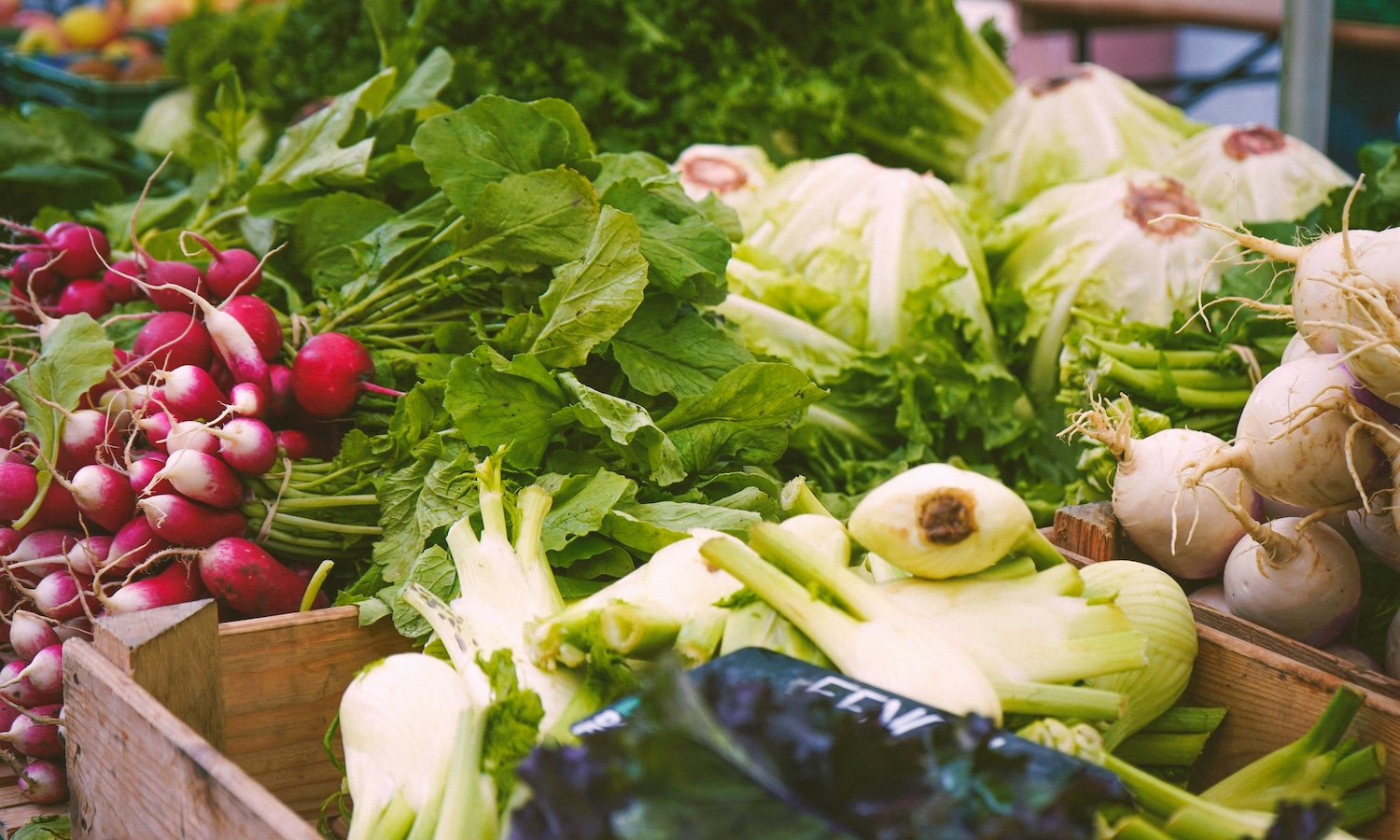
Every bite we take is a leap of faith—faith that the food on our plates is clean, tested, and safe. But as we mark World Food Safety Day on June 7, alarming developments suggest that this faith may be misplaced. Amid dramatic budget cuts and agency dismantlings by the Trump-Vance Administration, food safety oversight in the U.S. and around the globe is on shaky ground, and experts are sounding the alarm.
In recent months, a wave of layoffs and resignations has gutted critical departments at both the U.S. Department of Agriculture (USDA) and the Food and Drug Administration (FDA). According to industry insiders, these cuts have directly impacted teams responsible for inspecting and testing our food supply. In a particularly chilling move, the FDA suspended a key quality control program for its food-testing labs, a program that ensured pathogens and contaminants were detected early and consistently.
“We are teetering on the brink of collapse,” said Sarah Sorscher, Director of Regulatory Affairs at the Center for Science in the Public Interest. And it’s not just domestic diners who should worry. The dismantling of USAID and the closure of the Feed the Future Innovation Labs, once pillars of global food security, mean reduced safety protocols across supply chains in places like Kenya, Nepal, Bangladesh, and Nigeria.
It’s easy to overlook food safety—until it fails. The World Health Organization (WHO) estimates 600 million people globally fall ill each year from contaminated food, with 420,000 deaths, many of them children under five. The loss isn’t just human; it’s economic. In low- and middle-income nations, $110 billion is lost annually due to unsafe food. That’s a staggering toll—one we can’t afford.
As the climate crisis reshapes our environment, the risk multiplies. Warmer, wetter conditions are breeding grounds for emerging pathogens, from bacteria to harmful fungi. “Microbes love hot, humid conditions,” explained Barbara Kowalcyk, a food safety scholar at the Milken Institute School of Public Health.
Experts like Markus Lipp of the UN Food and Agriculture Organization stress that food safety isn’t just science—it’s social trust. “It’s about creating confidence in the food we eat and in the systems that protect us,” he said. That trust is eroding as policymakers in Washington appear to sideline the very science that safeguards our meals.
This World Food Safety Day, the WHO is urging governments, scientists, and everyday citizens to stand up and act. The 2022–2030 Global Strategy for Food Safety offers a roadmap, but implementation is what will determine whether people eat safely—or suffer. Programs like GAIN’s EatSafe and the Codex Alimentarius Commission provide science-based standards that respect local cultures. They are lifelines that need support, not sabotage.
“This is a global village,” said Dr. Abdou Tenkouano, former Executive Director of CORAF. “We are all interconnected, interdependent, interlinked.” His words ring louder now than ever. Because when food safety fails in one part of the world, it ripples through trade, economy, and public health everywhere.
So what can we do? Support science. Demand accountability. Prioritize food safety in policy discussions. Because the truth is, when it comes to food safety, no one eats alone—we’re all in this together.
-

 Business & Finance1 week ago
Business & Finance1 week agoElon Musk Breaks Ranks with Trump Over ‘Big, Beautiful’ Tax Bill
-

 Sports1 week ago
Sports1 week agoBlue Jays Humiliated in Tampa as John Schneider’s Comments Raise Eyebrows
-

 Personality5 days ago
Personality5 days agoDonald Trump’s net worth reveals the fortune behind the former US President and business mogul
-

 Entertainment6 days ago
Entertainment6 days agoTop 5 Oscar Moments That Shook Hollywood and the World
-

 Entertainment5 days ago
Entertainment5 days agoJonathan Joss Shot Dead at 59 in Texas Tragedy His Husband Says Was Hate-Fueled Crime
-

 Tech1 week ago
Tech1 week agoTop 7 AI Tools Every Corporate Employee Should Use in 2025.
-

 Personality5 days ago
Personality5 days agoLionel Messi’s Net Worth Revealed and How the Football Legend Built His Multi-Million Dollar Fortune
-

 Films5 days ago
Films5 days agoRobert Pattinson’s Top 5 Films That Showcase His Evolution from Teen Idol to Indie Icon











